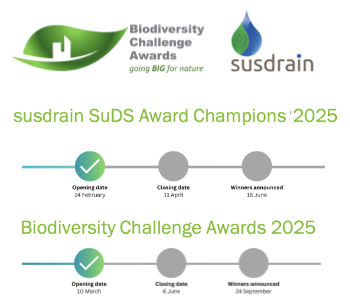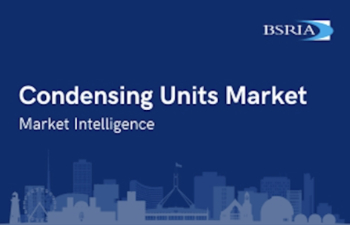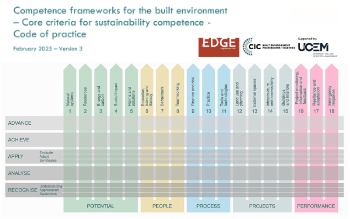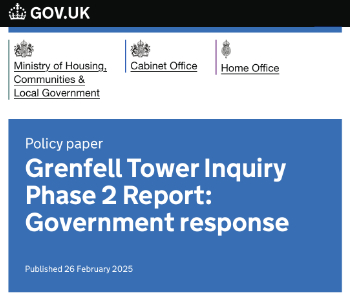Intermediary cities
Intermediary cities (intermediate cities or i-cities) are cities with a population of 50,000 to one million. They are small and medium-sized cities that perform a linking role, helping ease the transition between rural areas and larger cities, and providing useful markets and access to services. They may also connect cities within an urban area, and can help relieve pressure on larger cities and megacities.
It is estimated that 20% of the world´s population live in intermediary cities. Ref https://www.uclg.org/en/agenda/intermediary-cities
Intermediary cities can be more efficient than larger cities, with more effective government, better social cohesion and greater flexibility.
However, they can be vulnerable to change, tend to have a poorer population than larger cities and often lack resources and opportunities. They can be excluded from decision making processes and are often overlooked in policy decision making, but are considered vital to the sustainable development of the global population.
Many intermediate cities are growing rapidly, in particular those in Africa and South America.
[edit] Related articles on Designing Buildings
Featured articles and news
Sustainable Urban Drainage and Biodiversity
Awards for champions of these interconnected fields now open.
Microcosm of biodiversity in balconies and containers
Minor design adaptations for considerable biodiversity benefit.
CIOB student competitive construction challenge Ireland
Inspiring a new wave of Irish construction professionals.
Challenges of the net zero transition in Scotland
Skills shortage and ageing workforce hampering Scottish transition to net zero.
Private rental sector, living standards and fuel poverty
Report from the NRH in partnership with Impact on Urban Health.
.Cold chain condensing units market update
Tracking the evolution of commercial refrigeration unit markets.
Attending a conservation training course, personal account
The benefits of further learning for professsionals.
Restoring Alexander Pope's grotto
The only surviving part of his villa in Twickenham.
International Women's Day 8 March, 2025
Accelerating Action for For ALL Women and Girls: Rights. Equality. Empowerment.
Lack of construction careers advice threatens housing targets
CIOB warning on Government plans to accelerate housebuilding and development.
Shelter from the storm in Ukraine
Ukraine’s architects paving the path to recovery.
BSRIA market intelligence division key appointment
Lisa Wiltshire to lead rapidly growing Market Intelligence division.
A blueprint for construction’s sustainability efforts
Practical steps to achieve the United Nations Sustainable Development Goals.
Timber in Construction Roadmap
Ambitious plans from the Government to increase the use of timber in construction.
ECA digital series unveils road to net-zero.
Retrofit and Decarbonisation framework N9 launched
Aligned with LHCPG social value strategy and the Gold Standard.
Competence framework for sustainability
In the built environment launched by CIC and the Edge.
Institute of Roofing members welcomed into CIOB
IoR members transition to CIOB membership based on individual expertise and qualifications.
Join the Building Safety Linkedin group to stay up-to-date and join the debate.
Government responds to the final Grenfell Inquiry report
A with a brief summary with reactions to their response.


























